Faced with environmental pressure and integration requirements, Ho Chi Minh City identifies green economy as a strategic foundation to maintain competitiveness, improve quality of life and create sustainable urban areas for the future.

As the largest economic center of the country, Ho Chi Minh City is facing an urgent need to transform its growth model towards green, circular and low-emission. This is not only an inevitable choice for sustainable development, but also a driving force to help the city improve its competitiveness in the context of increasingly deep international integration.
In recent years, Ho Chi Minh City has issued many programs and action plans to promote green growth. Key areas include energy saving, renewable energy development, circular economy, waste management and smart urban development.
According to the Department of Agriculture and Environment of Ho Chi Minh City, by 2030, the city aims to reduce at least 10% of total greenhouse gas emissions compared to the business-as-usual development scenario.
Associate Professor-PhD Nguyen Hong Quan, Director of the Institute for Circular Economic Development Research (Ho Chi Minh City National University) commented that for a special urban area like Ho Chi Minh City, green economy not only has environmental significance but is also the foundation to maintain competitiveness and attract foreign investment.
Developing green industries, clean energy and sustainable public transport will help the city reduce pressure on infrastructure and the environment.
In fact, Ho Chi Minh City has implemented many specific models. Typical examples include encouraging businesses to apply cleaner production, supporting small and medium enterprises to access green credit; developing electric bus systems, buses using compressed gas (CNG); promoting waste classification at source and converting industrial zones to green.
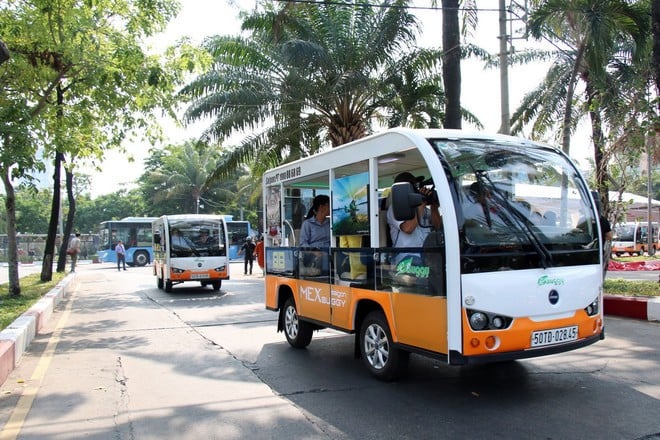
Along with the government, many businesses have also proactively innovated to adapt. A representative of a garment company in Tan Tao Industrial Park shared that European and American customers increasingly require products to meet green standards. Therefore, the company is forced to invest in solar energy systems and improve production lines to save electricity and water. This is the only way to maintain orders and expand export markets.
From a community perspective, Ho Chi Minh City residents have also begun to change their consumption habits in an environmentally friendly direction.
Ms. Tran Thi Hai Yen, resident of Duc Nhuan ward, said: “My family switched to using cloth bags, limiting plastic bags when going to the market. The children were also taught to sort trash at home. At first it was a bit inconvenient, but gradually it became a habit and the living environment became cleaner.”
Synchronize policies and resources
Experts say that for the green economy to truly become a driving force for sustainable development, Ho Chi Minh City needs a clear and synchronous roadmap from institutions, policies to investment resources.
Former Director of the Vietnam Economic Institute, Associate Professor, Dr. Tran Dinh Thien analyzed that the biggest bottleneck at present is the high cost of investment in green technology, while small and medium enterprises account for a large proportion in Ho Chi Minh City. Therefore, there needs to be a mechanism of credit incentives and technical support to encourage enterprises to boldly transform.
Along with that, urban infrastructure also needs to be planned with green and sustainable factors. Urban experts believe that the city should prioritize the development of public transport, increase green areas, and expand spaces for pedestrians and bicycles. This is both a solution to reduce emissions and improve the quality of life for people.
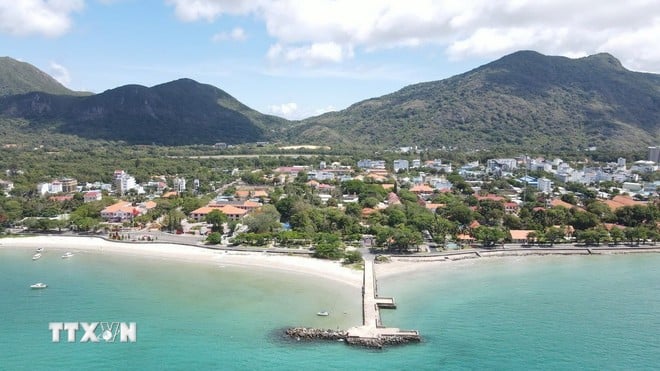
According to Vice Chairman of the Ho Chi Minh City People’s Committee Bui Xuan Cuong, the city has identified green economic and circular economic development as one of the strategic pillars in the coming period. The city will focus on perfecting mechanisms, mobilizing social resources, and promoting international cooperation to take advantage of experience, technology and green investment capital.
Another direction recommended by many scientists is to increase community education and build a green lifestyle in each household.
Urban environmental expert Dr. Do Huu Hoang emphasized that if every city resident changes from saving electricity and water, using public transport, and reducing plastic waste, it will create a huge positive impact. The government needs to have policies to encourage and reward green initiatives from the community.
In reality, the transition to a green economy in Ho Chi Minh City has just begun, with many difficulties in terms of capital, technology and social awareness. However, as the country’s leading locomotive, the city has a great opportunity to pioneer and create a model of a sustainable, environmentally friendly urban area./.
Source: https://baolangson.vn/kinh-te-xanh-buoc-di-tat-yeu-cua-thanh-pho-ho-chi-minh-trong-phat-trien-do-thi-5060848.html




![[Photo] Prime Minister Pham Minh Chinh chairs the Government's online conference with localities](https://vphoto.vietnam.vn/thumb/1200x675/vietnam/resource/IMAGE/2025/10/5/264793cfb4404c63a701d235ff43e1bd)

![[Photo] Prime Minister Pham Minh Chinh launched a peak emulation campaign to achieve achievements in celebration of the 14th National Party Congress](https://vphoto.vietnam.vn/thumb/1200x675/vietnam/resource/IMAGE/2025/10/5/8869ec5cdbc740f58fbf2ae73f065076)

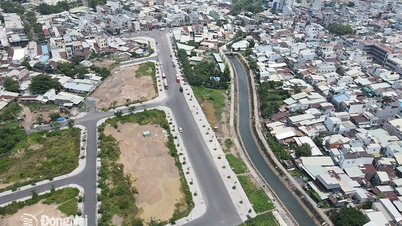

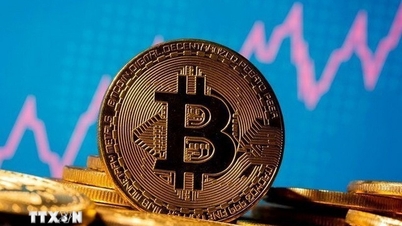

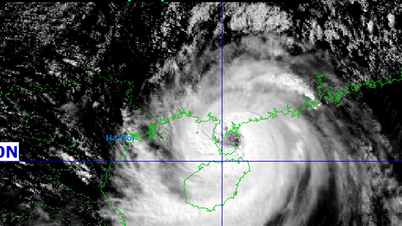


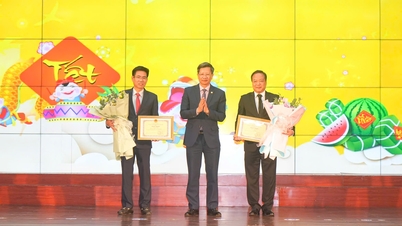
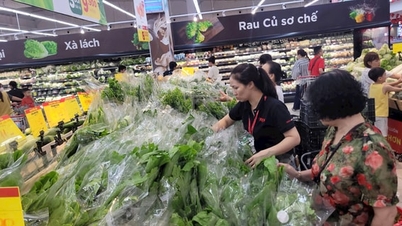






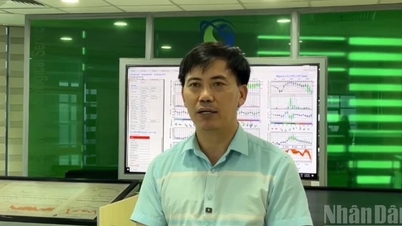
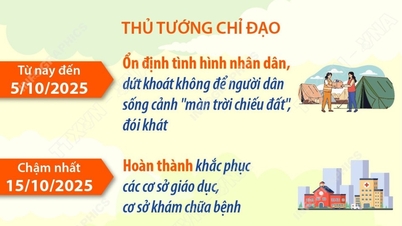
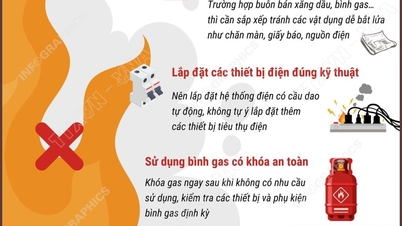
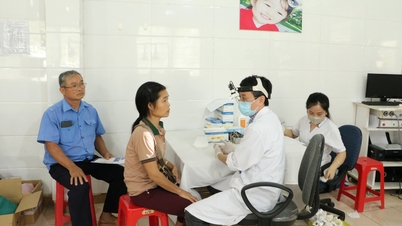
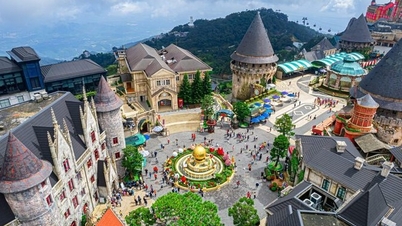



























![[VIDEO] Summary of Petrovietnam's 50th Anniversary Ceremony](https://vphoto.vietnam.vn/thumb/402x226/vietnam/resource/IMAGE/2025/10/4/abe133bdb8114793a16d4fe3e5bd0f12)

![[VIDEO] GENERAL SECRETARY TO LAM AWARDS PETROVIETNAM 8 GOLDEN WORDS: "PIONEER - EXCELLENT - SUSTAINABLE - GLOBAL"](https://vphoto.vietnam.vn/thumb/402x226/vietnam/resource/IMAGE/2025/7/23/c2fdb48863e846cfa9fb8e6ea9cf44e7)














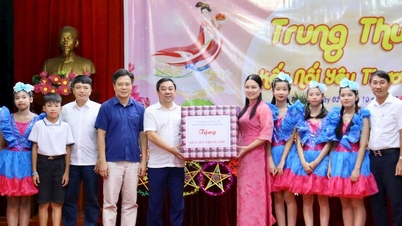
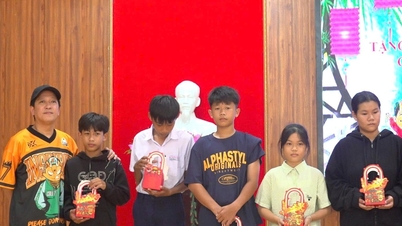

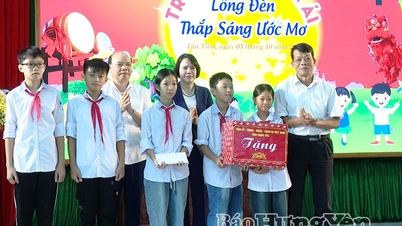


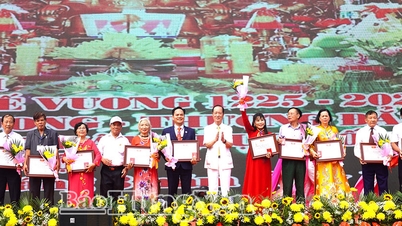
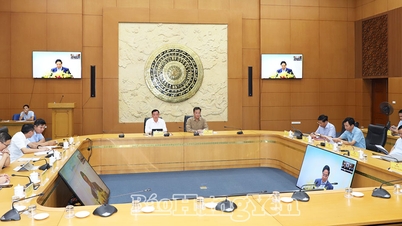












Comment (0)